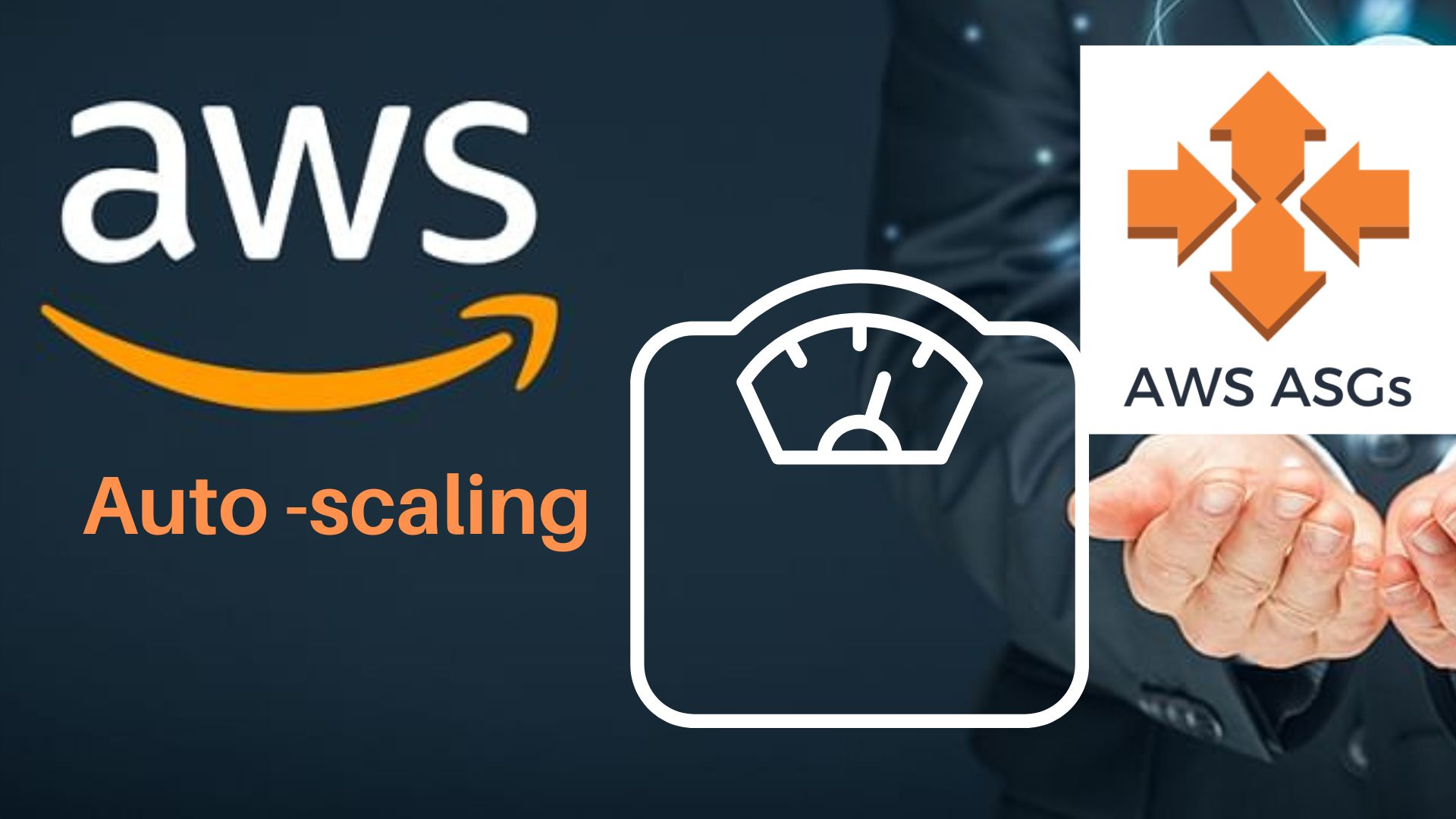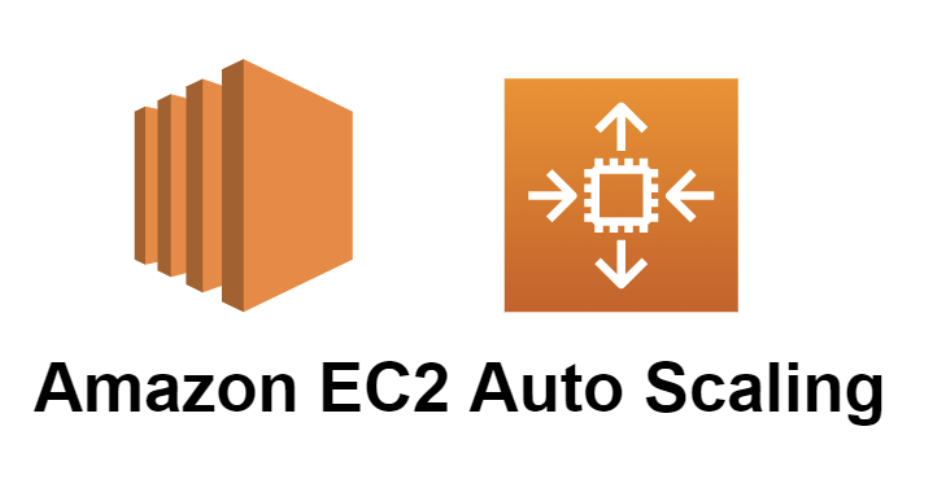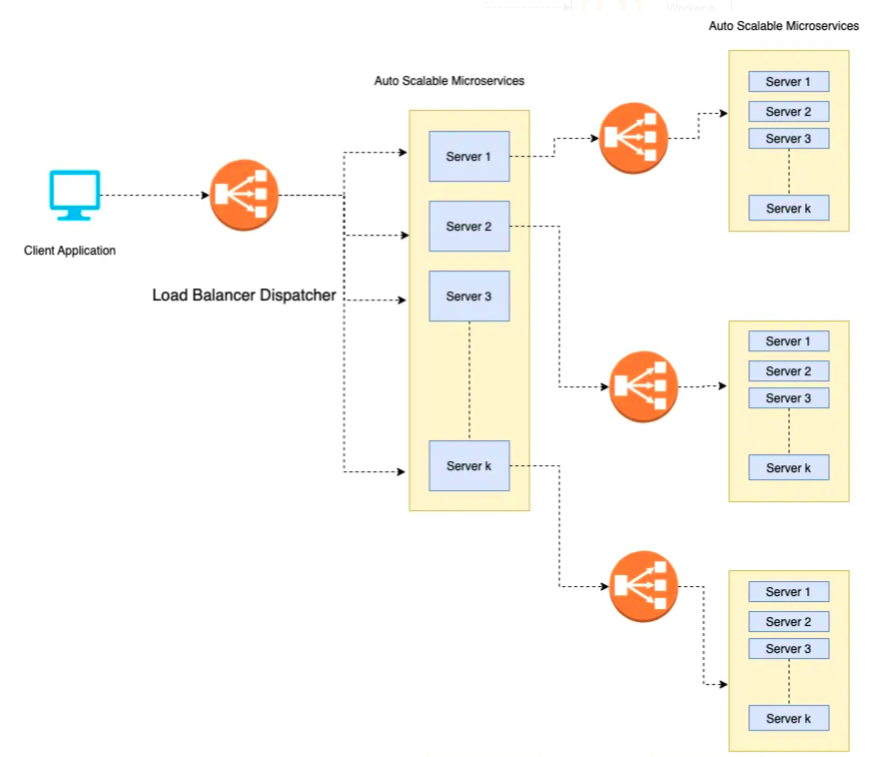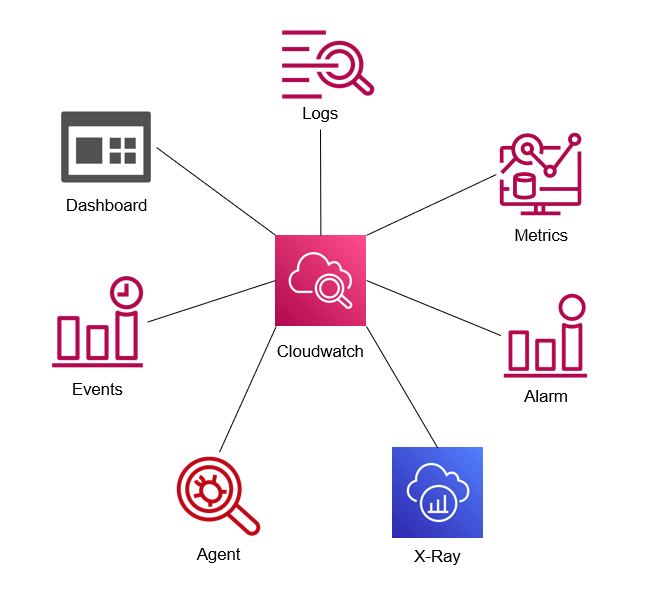Overcoming Scalability Challenges in a Shoe E-Commerce Platform with AWS Auto Scaling
 Anup kafle
Anup kafle
As a developer, one of the most critical challenges you might face is ensuring your application can scale to meet demand. Scalability is no longer just a luxury; it's necessary in today's fast-paced digital environment. Whether you're building a social media app, a financial service platform, or an e-commerce website specializing in shoes, the ability to scale seamlessly can make or break your application's success.
I experienced this firsthand while working on a shoe e-commerce platform that catered to customers looking for the latest trends in footwear. During regular days, the traffic was steady and manageable. However, the traffic would surge unpredictably whenever we ran promotional events, offered discounts, or had flash sales. Initially, we tried to handle this by provisioning more servers manually before each event, but this approach could have been more efficient and effective. We often found ourselves over-provisioning and wasting resources or under-provisioning and facing downtimes, which frustrated customers and led to lost sales.
The need for a dynamic solution that automatically adjusts resources based on real-time demand became apparent. This is where AWS Auto Scaling came into play, transforming how we handled traffic spikes and ensuring our platform could meet users' needs, no matter the load.
The Challenge: Unpredictable Traffic and Performance Bottlenecks
Our platform was designed to handle several hundred users concurrently during non-peak hours. But as soon as we announced a sale on popular shoe brands, the number of concurrent users would skyrocket, sometimes even reaching tens of thousands. This led to a range of issues:

Server Overload: Our EC2 instances struggled to manage the increased load, resulting in slow response times and, in some cases, server crashes.
Manual Intervention: To prevent crashes, we manually added more instances before every significant event. This was labor-intensive and prone to errors, as predicting the resources needed required a lot of work.
Cost Inefficiency: After the traffic spike subsided, the additional instances would sit idle, consuming resources unnecessarily and increasing our operational costs.
We needed a scalable solution that could adapt to traffic in real-time, ensuring optimal performance without manual intervention or wasted resources.
The Solution: Implementing AWS Auto Scaling
After researching various solutions, we decided to implement AWS Auto Scaling. This Feature automatically adjusts the number of Amazon EC2 instances based on the current demand, ensuring that the application can handle the load efficiently while optimizing costs.
Here's how we implemented AWS Auto Scaling to solve our scalability challenges:
Configuring Auto Scaling Groups: We created an Auto Scaling group (ASG) for our EC2 instances. The ASG allowed us to define the minimum and maximum number of instances running simultaneously. We set a minimum of two instances to ensure redundancy and a maximum of 20 instances, sufficient to handle our highest anticipated load.

figure : Amazon EC2 Auto Scaling
Setting Up Scaling Policies: The next step was to define scaling policies based on CPU utilization. For example, we set a policy to add an EC2 instance when the average CPU utilization across our instances exceeded 70%. Similarly, if CPU utilization dropped below 30%, the ASG would terminate unnecessary instances to reduce costs. These policies ensured that our infrastructure could automatically scale in response to real-time demand without human intervention.
Integrating Elastic Load Balancing (ELB): To distribute incoming traffic evenly across all available instances, we integrated Elastic Load Balancing (ELB) with our Auto Scaling group. ELB automatically routes traffic to the healthiest instances, ensuring no single instance is overwhelmed with requests. This improved our application's reliability and enhanced the user experience by providing faster response times.

figure: ELB with Auto Scaling
Monitoring and Optimization with CloudWatch: We used Amazon CloudWatch to monitor the performance of our Auto Scaling setup. CloudWatch provided real-time insights into CPU utilization, memory usage, and response times. Analyzing these metrics allowed us to fine-tune our scaling policies, ensuring our infrastructure was constantly optimized for performance and cost.

Image source : plainenglish
Scaling Across Multiple Availability Zones: To further enhance availability and fault tolerance, we configured our Auto Scaling group to launch instances across multiple Availability Zones (AZs). This ensured that even if one AZ experienced issues, our application would remain operational and continue serving users from other AZs.
Utilizing Spot Instances for Cost Savings: To optimize costs further, we leveraged Spot Instances for non-critical workloads. Spot Instances are available at a significant discount compared to On-Demand Instances, allowing us to save on costs without compromising performance. We set up a mixed instances policy within our Auto Scaling group, combining On-Demand and Spot Instances to balance cost efficiency and availability.

figure: AWS EC2 Spot Instances
The Outcome: Seamless Scaling and Cost Efficiency
Implementing AWS Auto Scaling was a game-changer for our shoe e-commerce platform. The results were immediate and impactful:
Automatic Scaling: During our next promotional event featuring discounts on popular shoe brands, we witnessed the true power of AWS Auto Scaling. As traffic surged, the Auto Scaling group automatically added more EC2 instances to handle the load. Once the event ended and traffic returned to normal, the group scaled down, ensuring we only paid for the needed resources.
Improved Performance: With Auto Scaling and ELB in place, our application handled peak traffic without downtime or slow response times. This led to a better user experience, higher customer satisfaction, and increased successful transactions.
Cost Optimization: We significantly reduced our infrastructure costs by automating the scaling process and incorporating Spot Instances. We no longer had to over-provision resources "just in case" or worry about idle instances draining our budget.
Operational Efficiency: The automation provided by AWS Auto Scaling freed up our team to focus on other critical tasks. We no longer had to manually adjust infrastructure before and after events, which reduced the risk of human error and allowed us to invest more time in developing new features and improvements for our platform.
Lessons Learned and Best Practices
Through this experience, we learned several valuable lessons and developed best practices for using AWS Auto Scaling:
Start Small and Scale: Start with conservative scaling policies and closely monitor performance. Adjust policies gradually based on real-world data to avoid unnecessary costs or under-provisioning.
Leverage Multiple Metrics: While CPU utilization is a common trigger for scaling, consider other metrics like memory usage, disk I/O, or request count, depending on your application's behavior.
Use Mixed Instances for Cost Efficiency: Combining On-Demand and Spot Instances can provide the best balance between availability and cost. However, ensure that your application can handle the potential interruption of Spot Instances.
Regularly Review and Optimize: AWS environments are dynamic, and so should your scaling policies. Review CloudWatch metrics regularly and adjust your Auto Scaling configuration to ensure it remains aligned with your business needs.
Test Under Load: Before going live with a significant event, simulate high traffic conditions to test your Auto Scaling setup. This will help you identify bottlenecks or configuration issues before they impact real users.
Conclusion: Future-Proofing Your Applications with AWS Auto Scaling
Scalability is a fundamental requirement for any successful application, especially in today's competitive landscape, where user expectations are high, and downtime can result in significant financial losses. AWS Auto Scaling provided a robust, automated solution to effortlessly scale our shoe e-commerce platform, ensuring we could handle any traffic spike while optimizing costs and maintaining high performance. For any developer or organization looking to future-proof their applications, AWS Auto Scaling is an essential tool in your arsenal. By embracing automation, you can build systems that are not only scalable but also resilient, cost-effective, and capable of delivering an excellent user experience regardless of the demand.
Subscribe to my newsletter
Read articles from Anup kafle directly inside your inbox. Subscribe to the newsletter, and don't miss out.
Written by

Anup kafle
Anup kafle
Cloud Engineer | AWS Community Builder